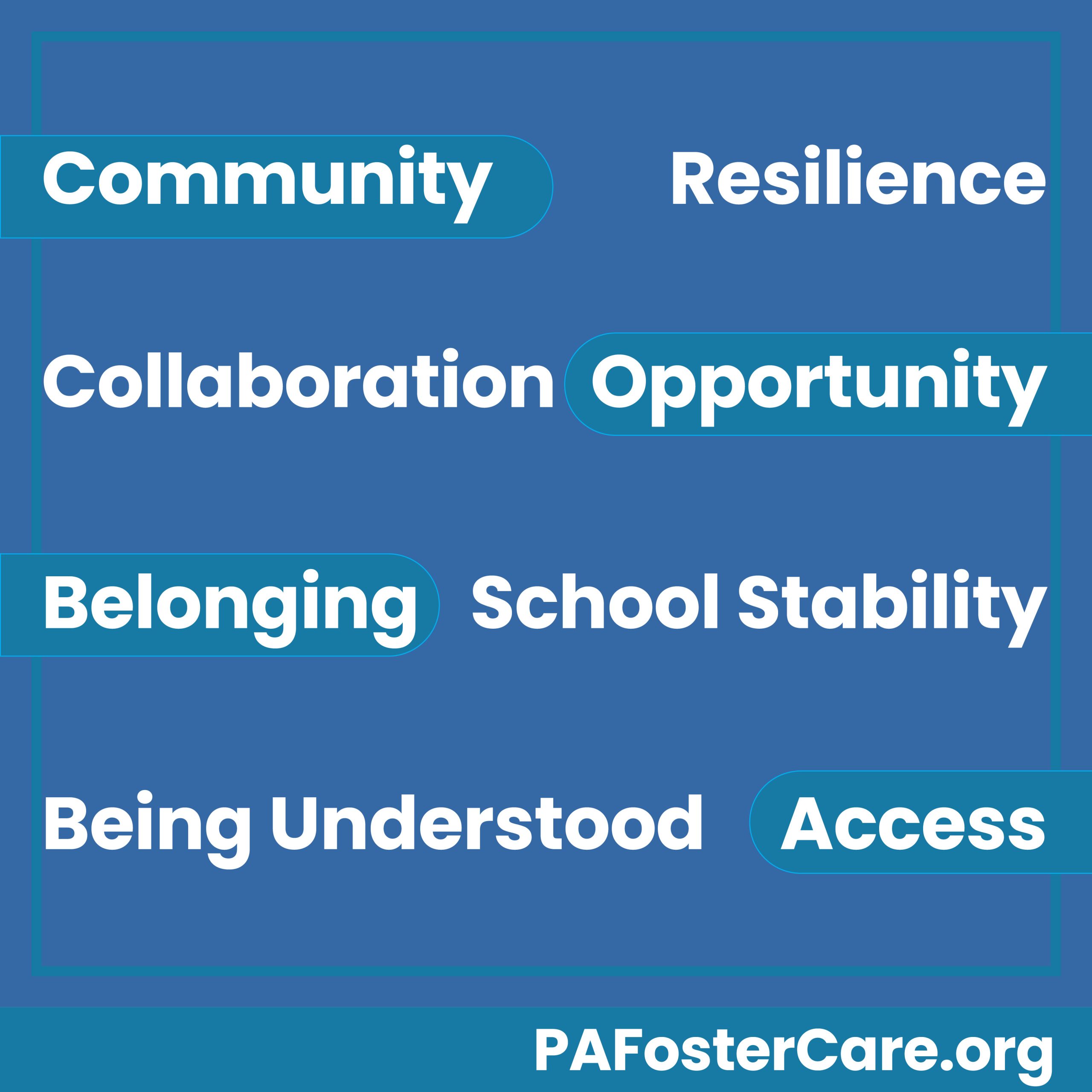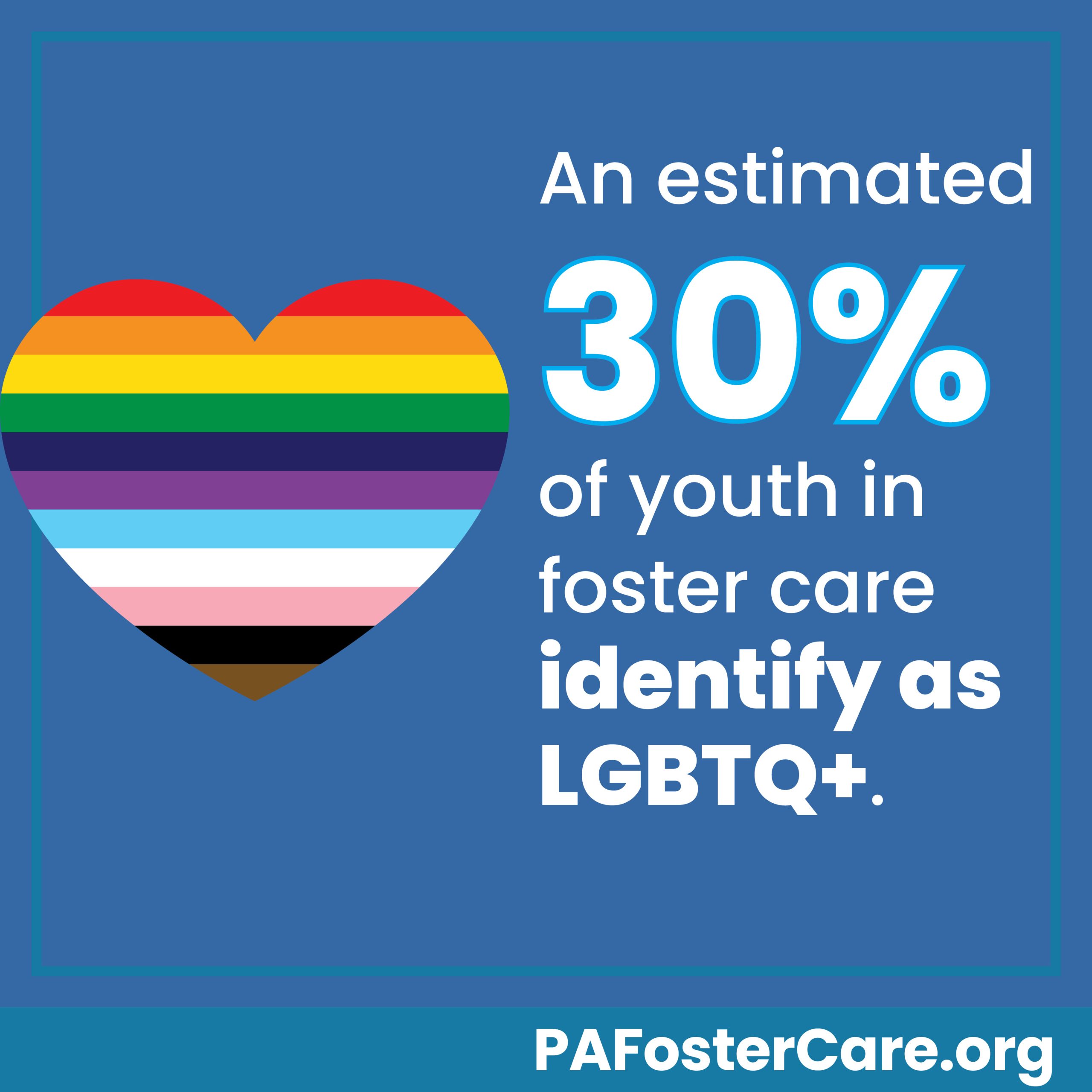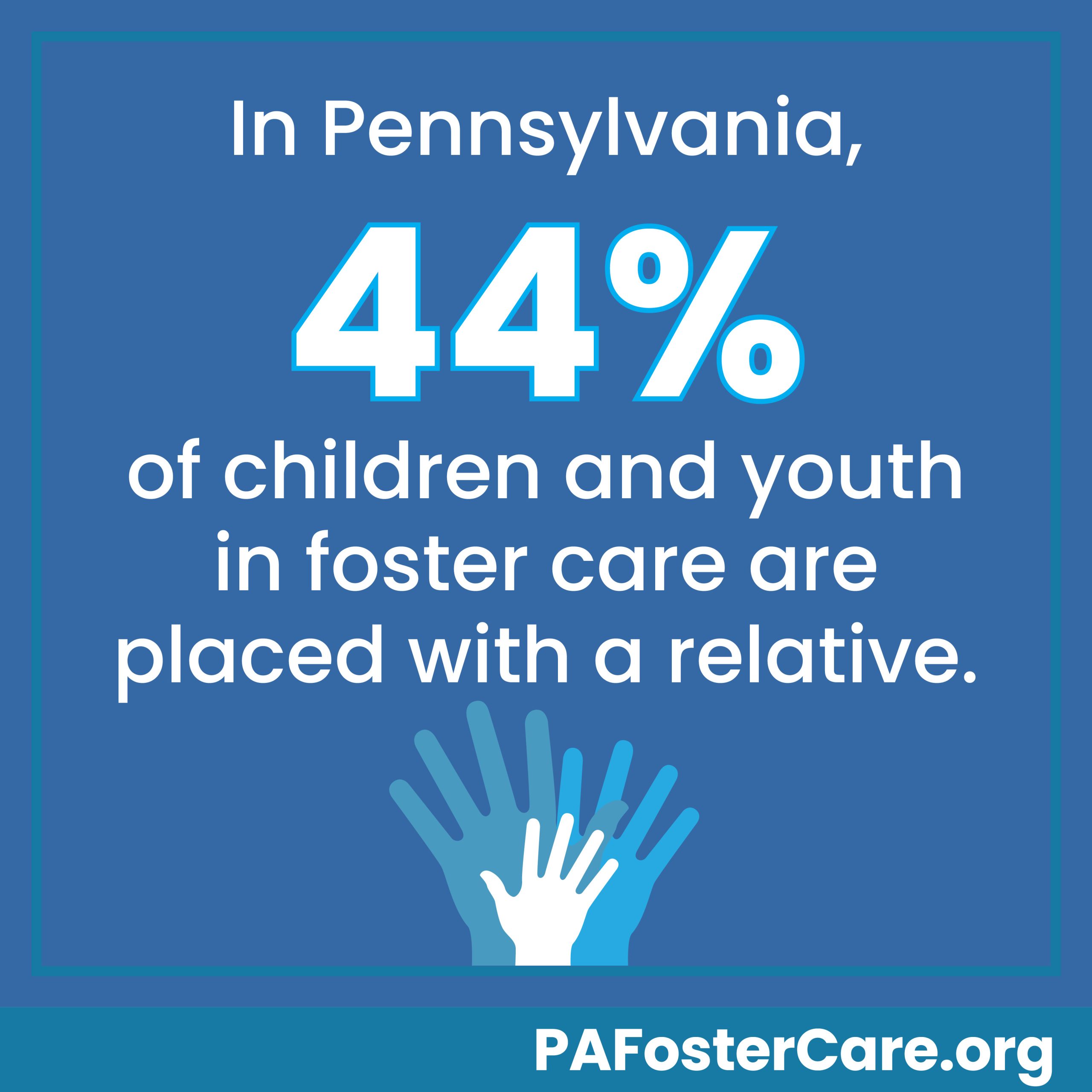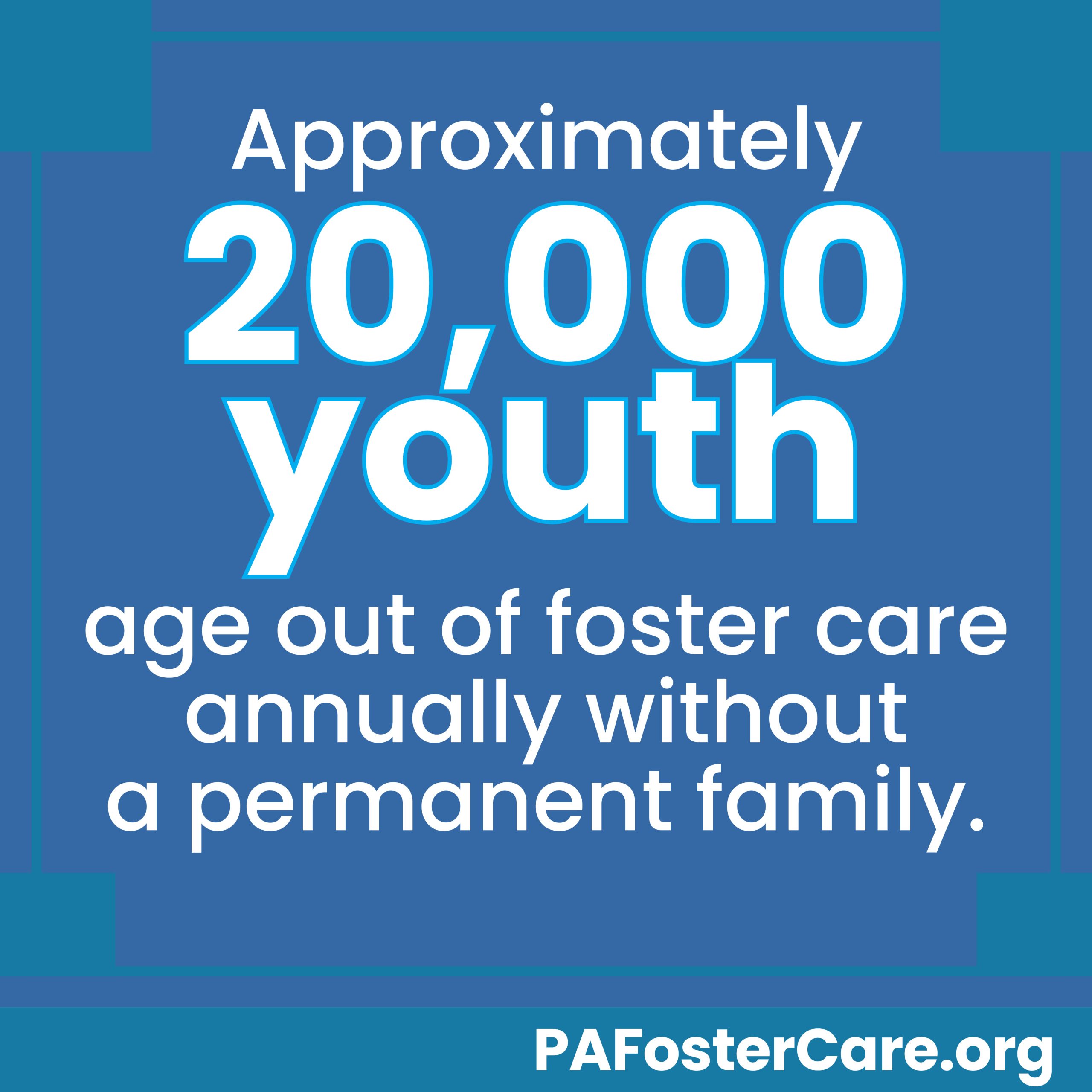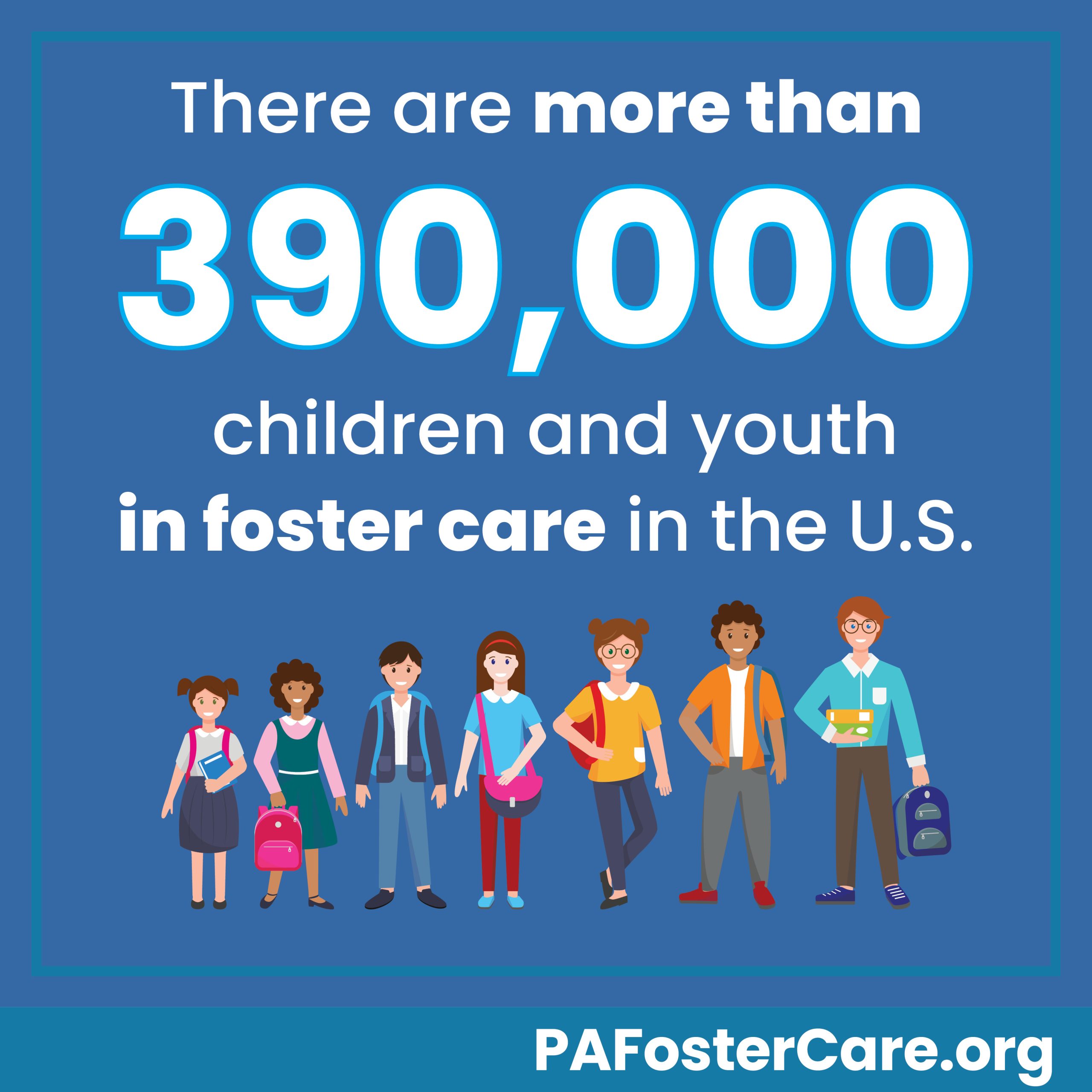
2024–2025 Foster Care Point of Contact (POC) Survey
Each year, we ask LEA POCs to share insights on their implementation of ESSA’s Title I, Part A foster care provisions. Your feedback is essential to shaping statewide supports for students in foster care.
Please be prepared to answer the following questions when completing the survey:
- The number of students in foster care who were enrolled in your LEA on the last day of the 2024–2025 school year.
- The number of Best Interest Determinations (BIDs) your LEA participated in during the 2024–2025 school year.
- The number of students in foster care for whom your LEA arranged, provided, or funded transportation at any point during the 2024–2025 school year.
- The number of instances where transportation for students in foster care resulted in additional costs.
Please plan for 15–20 minutes to complete survey.
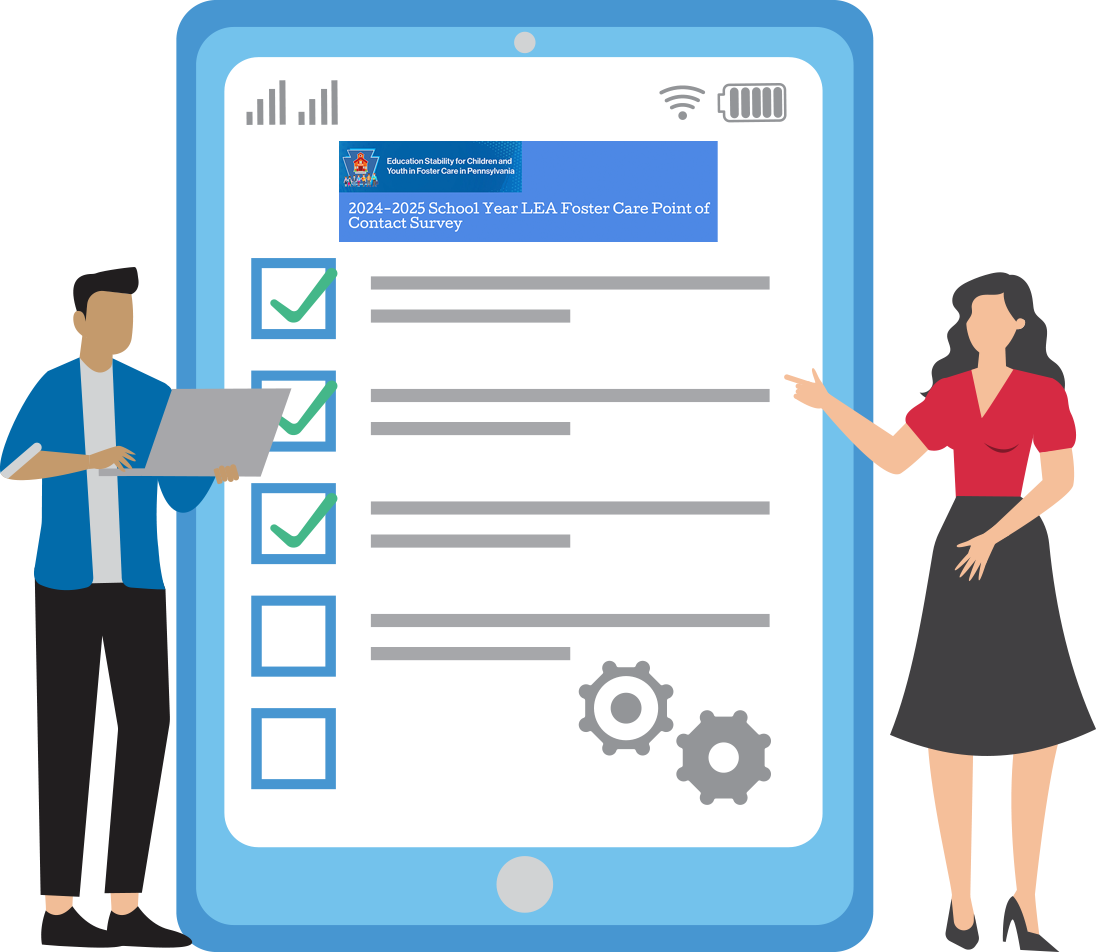
Survey deadline is Friday, October 3, 2025
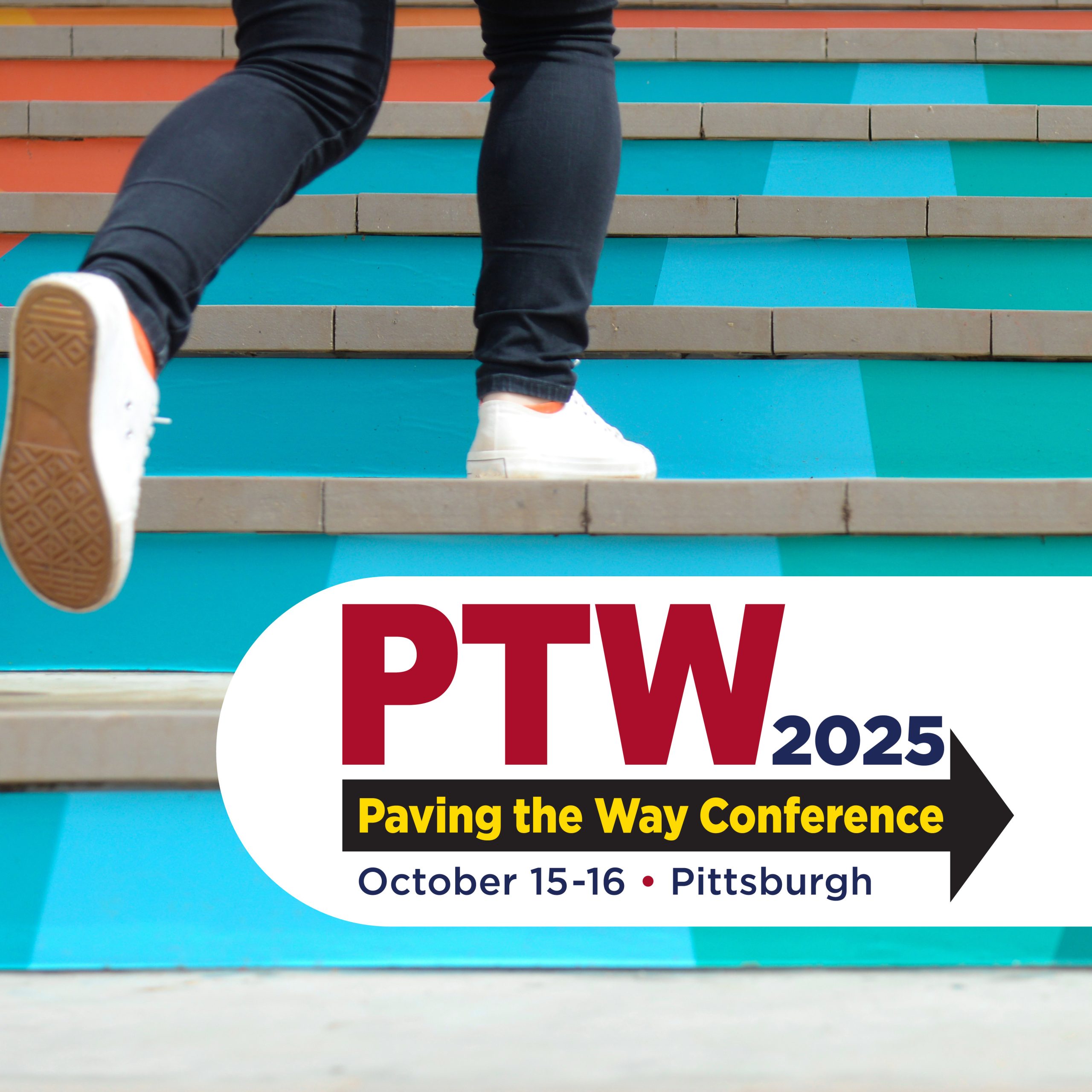
Join colleagues, statewide and national experts at the 2025 Paving the Way to Educational Success Conference in-person, near Pittsburgh or virtually to explore concrete strategies, resources, and partnerships that advance school stability, academic achievement, student well-being, and build advocacy skills to uplift educational success for children and youth experiencing homelessness and students experiencing foster care.
School Stability is the Keystone of Learning
In December 2015, the Every Student Succeeds Act (ESSA) reauthorized the Elementary and Secondary Education Act of 1965 (ESEA). Protections for students in foster care found under ESEA, as amended by ESSA, aim to enhance collaboration and align both education and child welfare systems to improve educational outcomes. ESSA amends the ESEA to include educational stability for children and youth in foster care exclusively under Title I, Part A.
Frequent school changes are common among children in youth who are entering foster care placement or who have been in foster care placement. School changes are disruptive to their education and makes it difficult to develop supportive relationships with teachers, peers, and within their communities. Unplanned school changes are associated with delays in children’s academic progress, leaving highly mobile students more likely to fall behind their less mobile peers.
The Pennsylvania Department of Education, Pennsylvania Department of Human Services, and Center for Schools and Communities are working together to ensure school stability and school success for children and youth with experience in foster care.
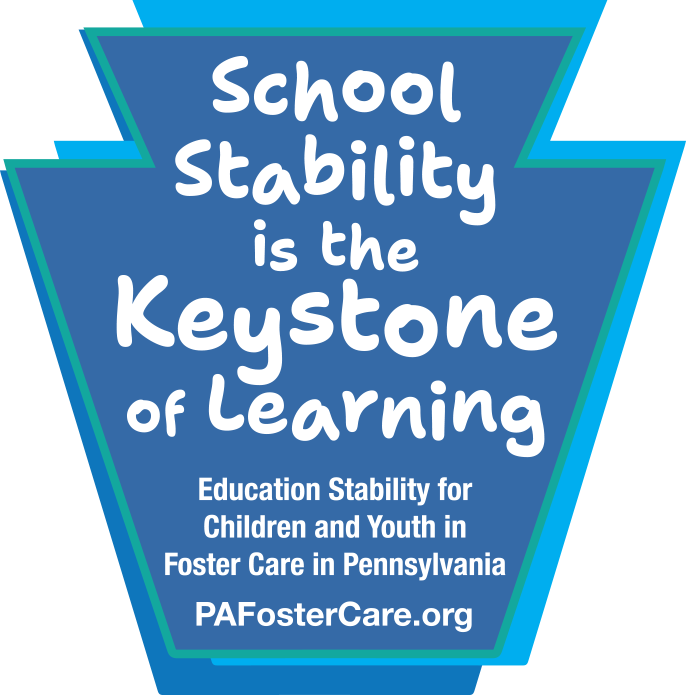
Pennsylvania Foster Care Education Training and Technical Assistance Staff

Matthew Butensky
Youth Development Project Manager
State Education Agency Point of Contact
Center for Schools and Communities
275 Grandview Ave.
Camp Hill, PA 17011
717-763-1661, ext. 171
570-238-0258 cell
[email protected]

Benjamin Simmons
Youth Development Specialist
Center for Schools and Communities
275 Grandview Ave.
Camp Hill, PA 17011
717-763-1661, ext. 110
[email protected]
Educators’ Guide for Students in Foster Care
Students with experience in foster care placement experience complex trauma and face a number of systematic barriers to academic and social success. While legislative measures provide schools with a framework for ensuring academic stability, educators must purposefully form supportive relationships with students with foster care experience. This guide is an educator’s toolkit for establishing in-school support and enriching a student in foster care placement’s experience at school. (Written 2024)
Key Foster Care Facts
